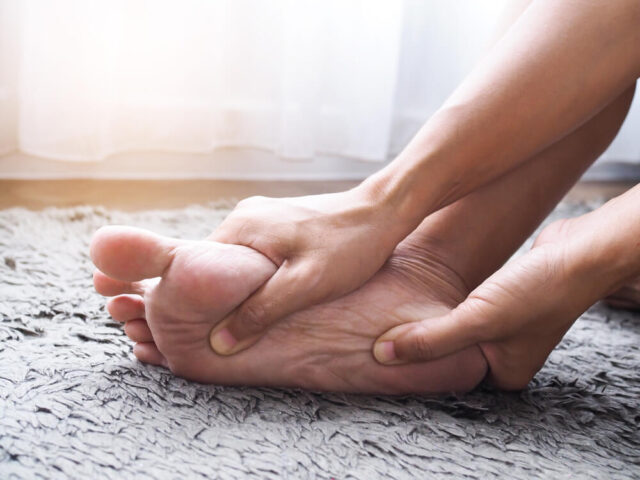
Neuropathy, or nerve damage, can significantly impair a person’s quality of life. This health condition, particularly common in those with diabetes, results in a range of discomforting sensations—tingling, burning, and even debilitating pain.
One of the most straightforward yet powerful ways of managing this ailment lies right under our noses, or rather, our feet: selecting the correct footwear.
This article delves into the crucial role that well-fitted socks play in managing neuropathy and suggests an assortment of sock characteristics to consider.
The Importance of Proper Footwear for Neuropathy
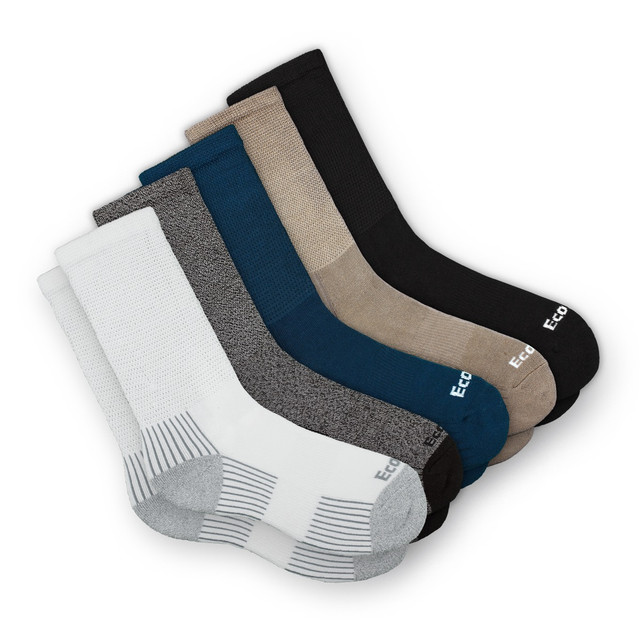
The value of appropriate footwear for neuropathy sufferers is immense. It’s easy to underestimate their role in overall foot health, but when it comes to nerve pain, they act as a critical line of defense.
Socks serve as a cushion between your feet and the hard ground, minimizing the impact and reducing potential injury. For neuropathy patients, choosing the right sock can spell the difference between enduring discomfort and achieving daily comfort.
Beyond providing a soft cushion, the ideal socks for neuropathy should offer a protective layer that maintains the health of your feet. Those with neuropathy often experience reduced sensitivity, making them prone to unnoticed injuries.
Good-quality, well-fitted pairs can minimize these risks by preventing harmful friction against shoes and keeping feet safe from cuts, blisters, and other complications that could aggravate nerve pain.
Features to Look for in Neuropathy-Friendly Socks
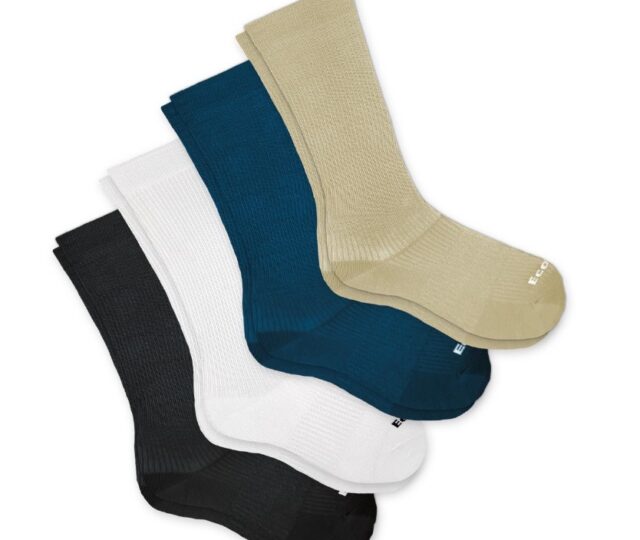
Understanding the key features to look for when purchasing them for neuropathy is crucial. A primary consideration is a proper fit. Socks that are too tight can constrict blood flow, exacerbating neuropathy symptoms.
On the other hand, an overly loose fit can lead to bunching inside the shoe, causing discomfort and possibly injury. Look for a pair that offers a snug but comfortable fit.
The design of the sock matters. Avoid socks with internal seams that can rub against the skin and potentially cause irritation. Opt for varieties that have carefully hidden or minimized seams.
Also, those with a reinforced heel and toe area can add an extra layer of protection against friction-related injuries.
Cushioning and Support for Nerve Pain Relief
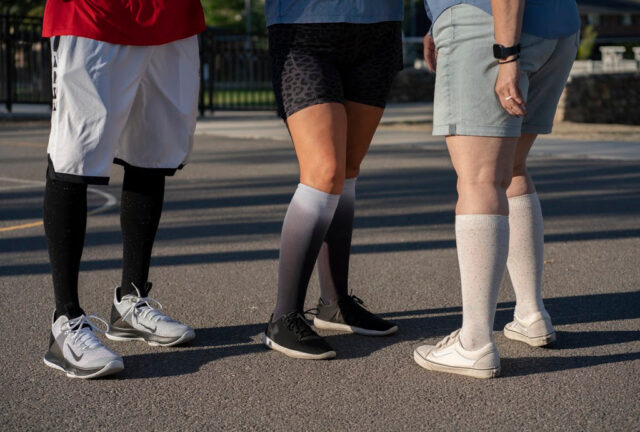
Cushioning in socks acts as an integral factor for neuropathy management. The cushion absorbs the shock from walking or running, reducing the amount of pressure on the nerves and, consequently, alleviating neuropathy symptoms.
Choose socks that feature generous cushioning, especially in the heel and ball of the foot, where the impact tends to be highest.
Support is another crucial aspect to consider. Look for those that provide arch support. This design helps distribute weight evenly across the foot, reducing pressure points that can trigger nerve pain.
Options with a cushioned sole and a supportive arch design are highly beneficial in managing neuropathy.
Moisture-Wicking and Breathability
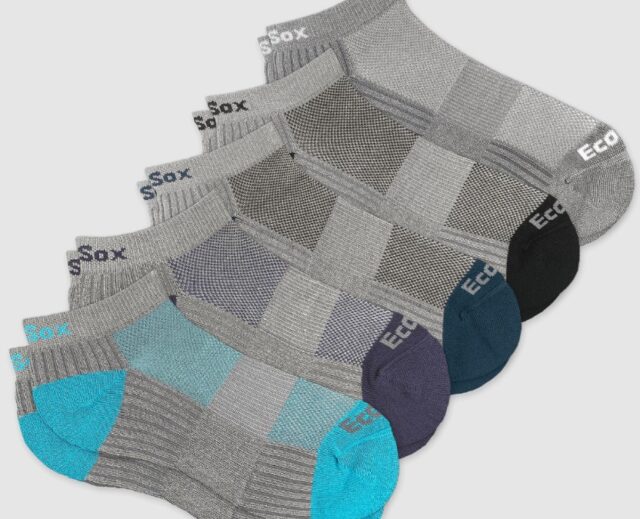
The ability to manage moisture effectively is an essential characteristic of neuropathy-friendly socks. Excessive sweat can lead to a damp environment within the shoe, encouraging bacterial growth and increasing the risk of fungal infections.
Socks with moisture-wicking properties pull sweat away from the skin, keeping your feet dry and comfortable.
Just as crucial is the sock’s breathability. A breathable sock facilitates air circulation around the foot, further aiding in sweat evaporation and temperature regulation.
Look for socks made from breathable materials like mesh or certain types of wool, which have excellent temperature-regulating properties.
Seamless and Non-Restrictive Designs
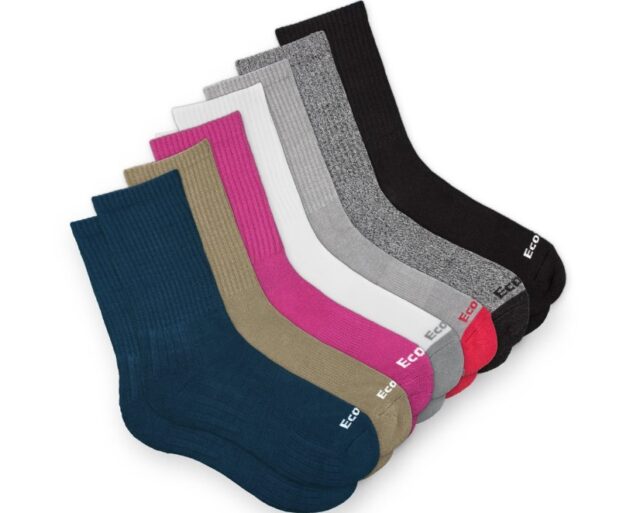
Socks with seamless designs can significantly improve comfort for neuropathy sufferers. Seams can create pressure points or areas of irritation, especially for sensitive feet. Socks crafted with seamless technology eliminate this concern, offering uninterrupted comfort.
While considering the design, the cuff or band at the top of the socket should also be non-restrictive. Tight bands can constrict circulation, potentially aggravating neuropathy symptoms. Opt for socks with a relaxed or non-binding top band that stays up without cutting into your skin.
Compression for Neuropathy
Compression socks have been recognized as a valuable tool in managing neuropathy symptoms. These specialized socks exert gentle pressure on your legs and feet, promoting blood flow and reducing swelling. This improvement in circulation can help alleviate the numbness and tingling associated with neuropathy.
It’s important to balance the benefits of compression with the potential for discomfort. Some people may find compression socks too tight or restrictive. It’s crucial to find the right level of compression for your individual needs, ideally with guidance from a healthcare professional.
Materials for Optimal Comfort and Sensitivity
Material choice is integral to the comfort and function of socks for those with neuropathy. Natural fibers like cotton and wool have inherent temperature-regulating and moisture-wicking properties, contributing to a healthier foot environment. These materials also tend to be soft and gentle on the skin, minimizing irritation.
Synthetic materials, such as polyester and nylon, have durability and elasticity that outperform natural fibers. Some socks blend natural and synthetic fibers, striving to balance comfort, function, and durability. It’s essential to choose a material that feels good against your skin and meets your specific needs.
Shoe Inserts and Insoles for Added Support
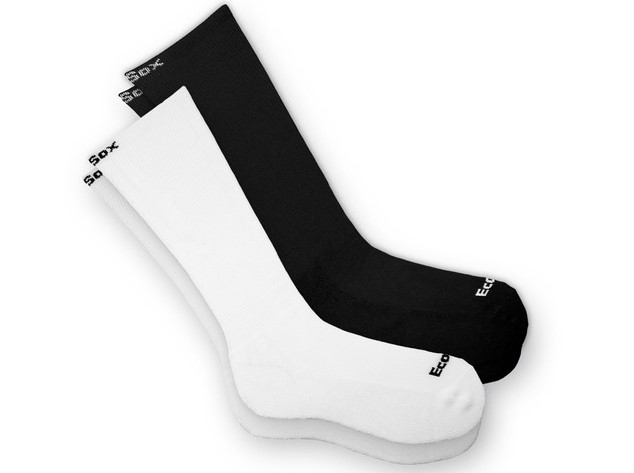
Apart from socks, shoe inserts and insoles can provide additional support for neuropathy sufferers. They enhance shoe fit, provide extra cushioning, and help evenly distribute pressure across the foot. These features can greatly contribute to minimizing neuropathy symptoms.
Just as with socks, the right insoles should be made from materials that offer comfort and functionality. Memory foam, for instance, can conform to the shape of your foot for a personalized fit. Gel inserts provide excellent shock absorption, reducing the impact on your nerves. It’s vital to choose insoles that align with your specific foot structure and needs for optimal benefits.
Final Thoughts
Footwear, often overlooked, plays an essential role in managing neuropathy. Opting for the right socks—those offering proper cushioning, support, and moisture management, and made from comfortable materials—can help mitigate nerve pain and improve daily life.
Additionally, non-restrictive designs and the appropriate use of compression socks, along with the use of supportive insoles, can further alleviate neuropathy symptoms.
Remember that socks are just one piece of the neuropathy management puzzle. Lifestyle changes like maintaining a balanced diet, exercising regularly, and strictly managing blood sugar levels (for those with diabetes) are equally critical.









